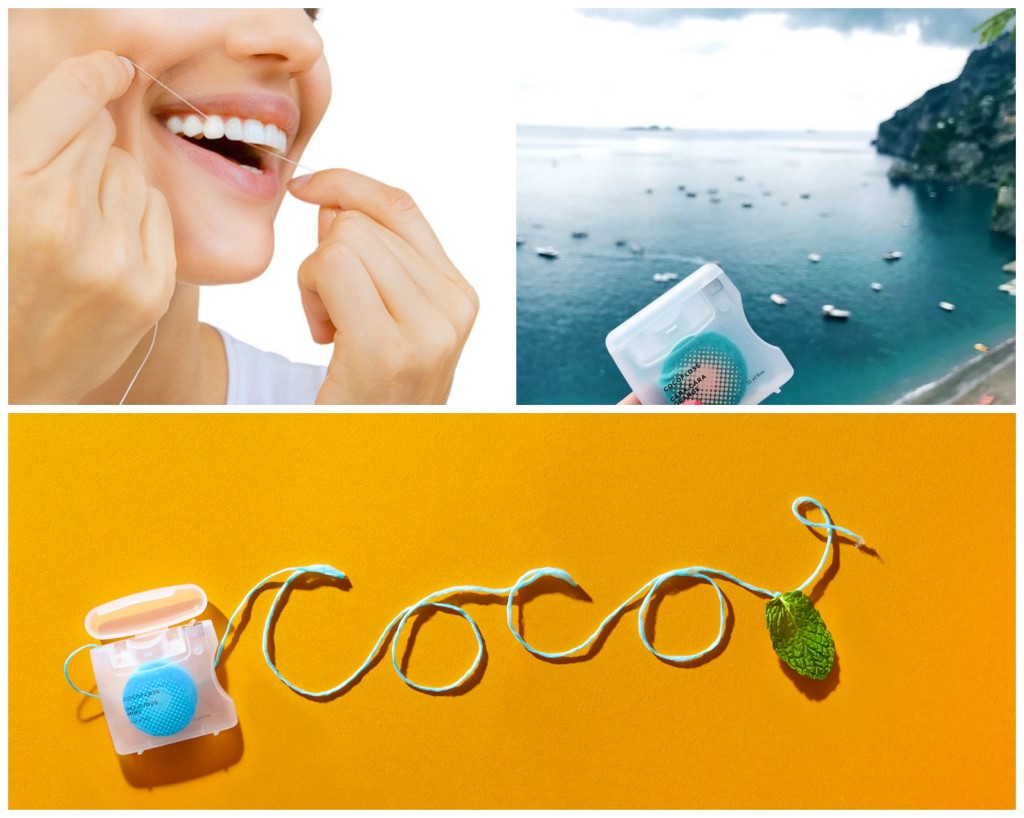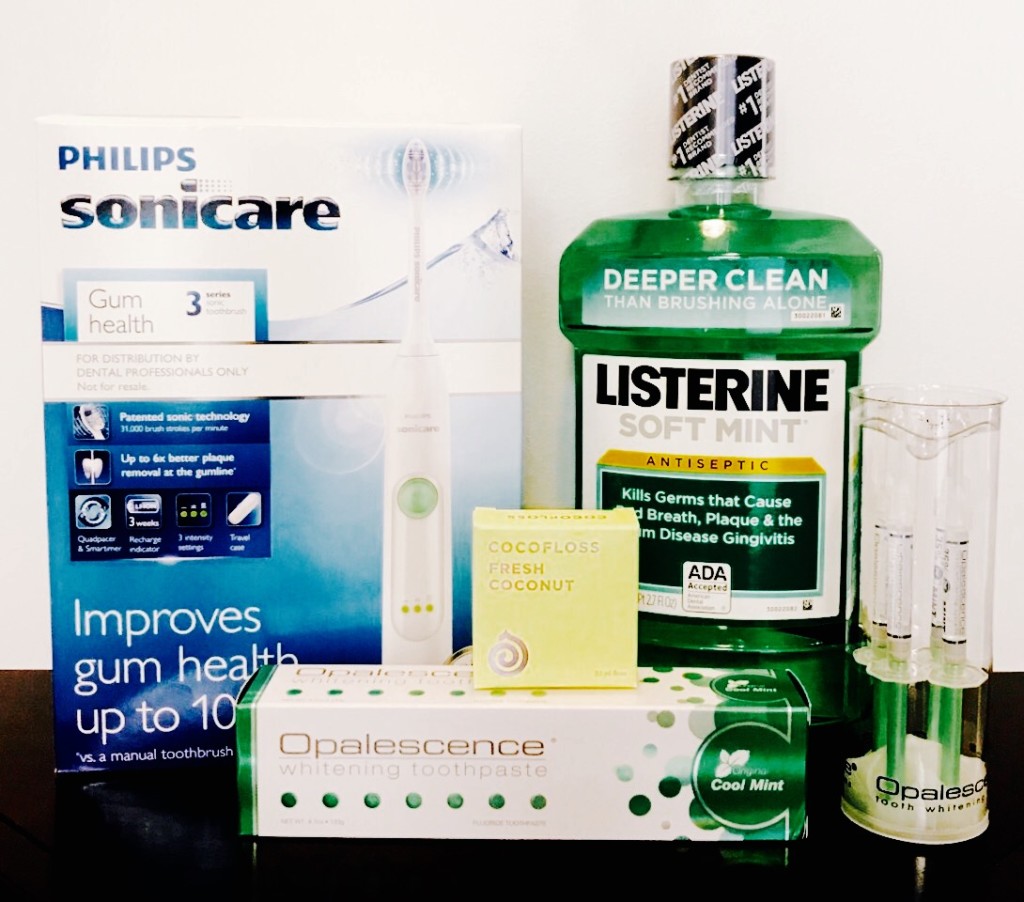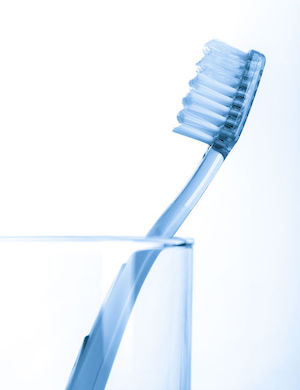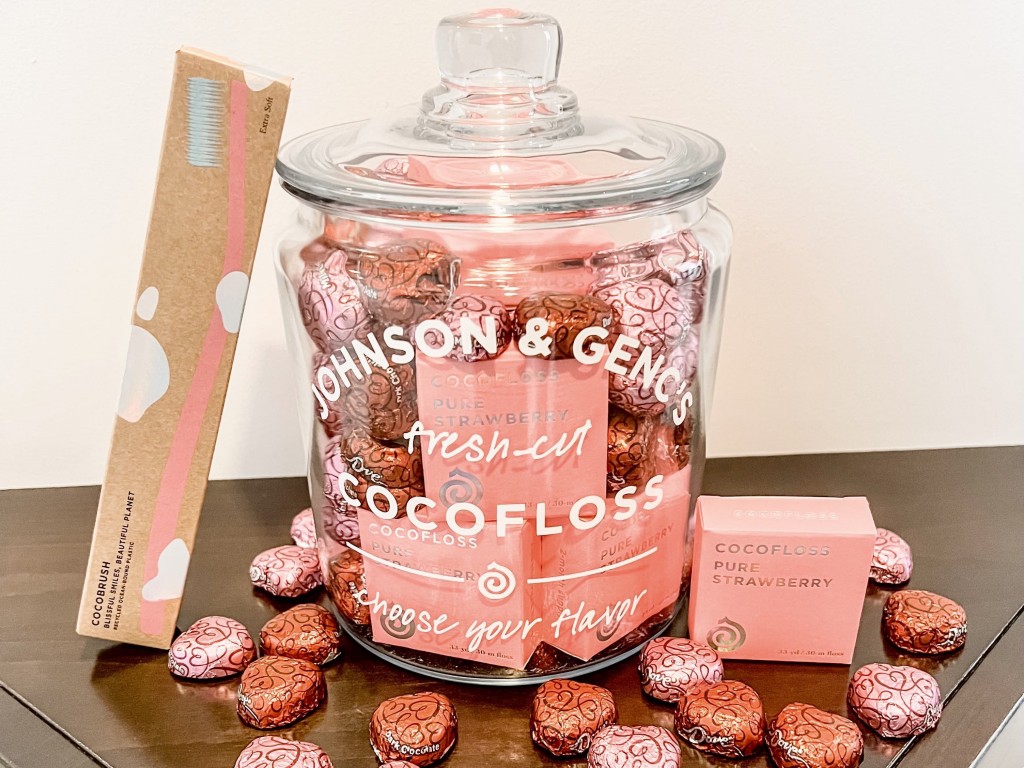June 1, 2020
Dear Patients:
We hope this letter finds you and your family in good health. Our community has been challenged over the last few months, and all of us are looking forward to resuming our normal habits and routines. While many things have changed, one thing has remained the same: our commitment to your safety and health while providing medically necessary treatment.
Infection control has always been a top priority for our practice. You may have seen this during your visits to our office. Our infection control protocols are rigorously followed so that when you receive care, it’s both safe and comfortable.
Our office follows infection control recommendations made by the American Dental Association (ADA), the U.S. Centers for Disease Control and Prevention (CDC), the Occupational Safety and Health Administration (OSHA), and the California Department of Public Health. We follow the guidelines of these agencies so that we are up-to-date on any new advancement, rulings, or guidance that may be issued. Our infection-control procedures are current and adhere to each agencies’ science-based recommendations.
You may see some changes at your next appointment. We made these procedure and equipment changes to help protect our patients and staff. For example:
• Our office will communicate with you beforehand to ask some screening questions. You’ll be asked those same questions again when you are in the office.
• We have hand sanitizer that we will ask you to use when you enter the office. It is available in the reception area and other places in the office for you to use as needed.
• You may see that our waiting room will no longer offer magazines and books –– as those items are difficult to clean and disinfect.
• Appointments will be managed to allow for social distancing between patients. That might mean that you’re offered fewer options for scheduling your appointment.
• We will schedule greater time between patients to reduce waiting times for you as well as to reduce the number of patients in the reception area at any one time.
• Please wear a face covering in the office, during non treatment times. This has been recommended by the California Department of Public Health.
• We are using new equipment and techniques to eliminate and mitigate aerosols during treatment.
We look forward to seeing you again and are happy to answer any questions you may have about the steps we take to keep you, and every patient, safe in our practice. To make an appointment, please call our office at 949-640-0300.
As always, thank you for being our patient. We value your trust and loyalty and look forward to welcoming back our patients, neighbors and friends.
Warmest regards from,
The Johnson and Genc Dental Team
Kimberly Johnson Genc DDS, FAGD
Robert D. Genc DDS



 Sometimes perfect isn’t perfect — especially when it comes to teeth.
Sometimes perfect isn’t perfect — especially when it comes to teeth.
 1) No sharing. Don’t get us started on the enormous bacterial exchange that happens when you share a toothbrush. Just say no.
1) No sharing. Don’t get us started on the enormous bacterial exchange that happens when you share a toothbrush. Just say no.  This Valentine’s Day, Show your teeth some love with Cocofloss.
This Valentine’s Day, Show your teeth some love with Cocofloss.
 Custom made porcelain vampire veneers –– for the ghoul with everything.
Custom made porcelain vampire veneers –– for the ghoul with everything. It seems like common sense that putting something messy and black on your teeth would only serve to make them the opposite of white. So what gives with all the recent chatter about activated charcoal and whiter teeth?
It seems like common sense that putting something messy and black on your teeth would only serve to make them the opposite of white. So what gives with all the recent chatter about activated charcoal and whiter teeth?